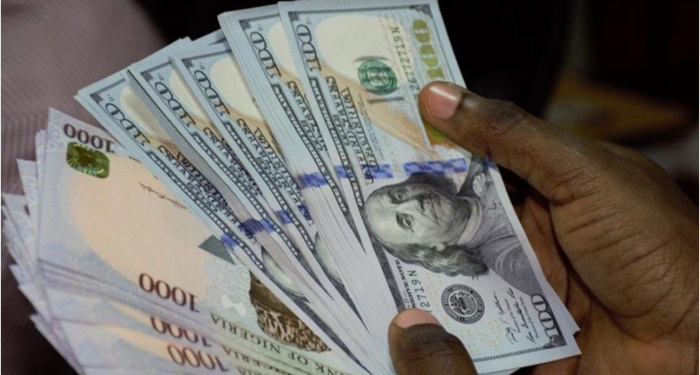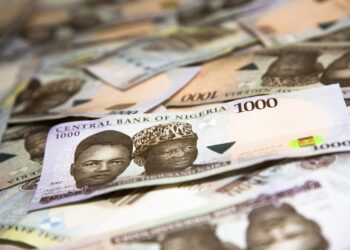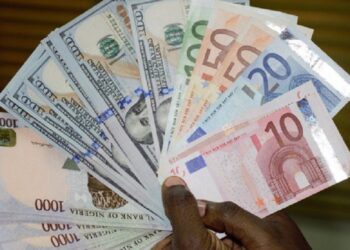The haven currency posted mild losses in London’s trading session as renewed concerns over the U.S. economy’s growth outlook weakened its bullish run, while the naira oscillated near the N1650/$ support level.
The NGN/USD pair is hovering around its lowest level since March, despite increased bets on interest rate cuts in the world’s largest economy.
In the black market, the Nigerian naira lost N5 against the dollar, trading at N1,645/$1, down from N1,640/$1.
- In the official window, the naira dropped even further against the US dollar on Wednesday, September 4, 2024. Data from the Nigerian Autonomous Foreign Exchange Market shows that the local currency traded at N1,625/$1, down from N1,611/$1 on Tuesday.
- The central bank has increased its benchmark interest rate by 15.25 percentage points since 2022, reaching a record 26.75% in July, in an effort to stabilize the country’s FX market. The Monetary Policy Committee of Nigeria’s apex bank is set to convene on September 23 and 24.
- The pressure on the local currency market has intensified due to increased demand from travelers and importers during the summer holidays.
- Although the nation’s FX assets have grown, instability, depreciation, and a lack of dollar liquidity have further complicated the central bank’s efforts to strengthen the naira. The local currency was the world’s worst-performing currency in the first half of the year.
Expectations that the CBN would pause interest rate hikes this month were dashed by a 45% increase in gasoline prices and continued pressure on the naira.
However, S&P Global claims that the Dangote Oil Refinery and Petrochemicals enterprise has the potential to drive economic growth in Nigeria, while simultaneously addressing the country’s foreign exchange challenges and easing pressure on the local currency.
U.S. Dollar Index drops amid softer-than-expected data
The U.S. Dollar Index, which measures the greenback’s strength against a basket of six major currencies, ended its recovery streak on Wednesday following weak U.S. job openings data and a mixed outlook from the Federal Reserve’s Beige Book.
Overall, the U.S. economy continues to grow beyond expectations, but a softening labor market has led the market to expect a more dovish Fed.
- Market forecasts for Fed easing remain unchanged, projecting a 100 basis-point cut by year’s end and a 200 basis-point cut over the next 12 months.
- Global financial markets remain tense, with stocks suffering the most, as weaker-than-expected U.S. data has raised concerns that the country’s growth outlook may not be as optimistic as previously thought and that the labor market is slowing faster than anticipated. U.S. job vacancies fell to a 3.5-year low in July.
- The data suggests the labor market is losing momentum, following Tuesday’s ISM manufacturing survey, which remained in the contraction zone.
- In a note, Wells Fargo economists stated, “Job openings data for July showed few signs of the ongoing cooling in the labor market coming to an end. For the Fed, (the) data reaffirms that the labor market is no longer a source of inflationary pressure on the U.S. economy.”
- Investors have placed increasing importance on such data, given the Federal Reserve’s focus on the strength of the U.S. labor market.
On Thursday, the U.S. dollar regained some of the losses from the previous session, as traders raised their bets on an aggressive Fed easing cycle expected to begin this month.




















